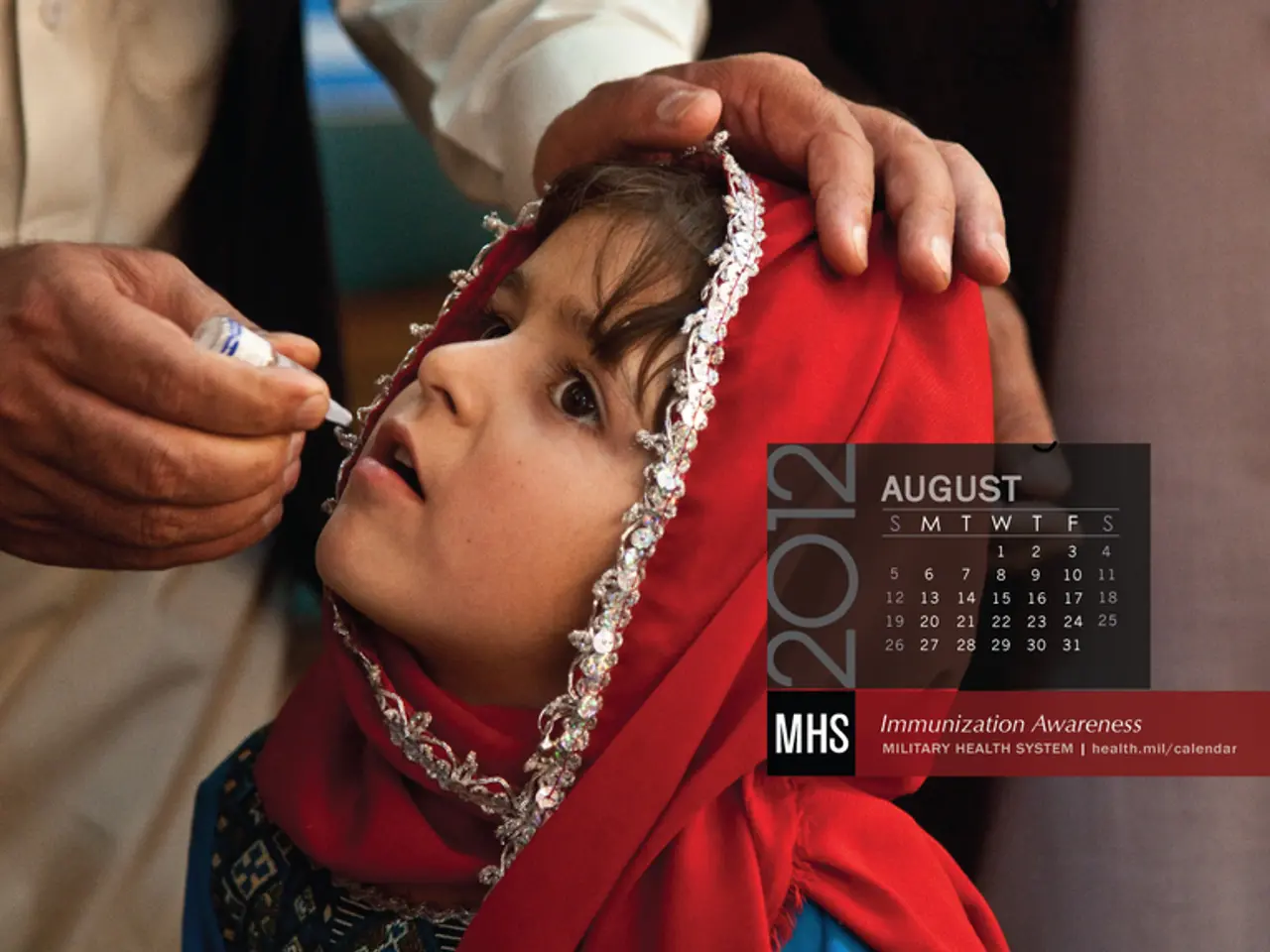Decrease in Frequency of Clinic Visits Due to Six-month ARV Drug Prescriptions (Health Beat #32)
The national rollout of the 6MMD (six-month multi-month dispensing) ARV dispensing model in South Africa began in August 2025, expanding from an initial start in the Western Cape to clinics across the country[1].
Under this new model, stable HIV patients receive a six-month supply of antiretroviral therapy (ARVs) during just two visits per year, significantly reducing the frequency of clinic visits[1].
The potential benefits for HIV patients are numerous:
- Reduced clinic visits: Patients only need to visit clinics twice annually to collect medication, easing daily life and reducing travel or wait times[1][2][3].
- Less congestion in clinics: Fewer visits help decongest clinics, allowing healthcare workers to focus on patients who need more intensive care[1].
- Improved retention in care: Grouping patients into ARV clubs for stable patients enhances support networks and streamlines medication pick-ups, contributing to sustained treatment adherence[1].
- Greater freedom and life planning: Patients report that 6MMD allows them to plan their lives without frequent interruptions by clinic visits[1][2][3].
Policy experts urge faster action, suggesting that with more than 6-million people on ARVs, 6MMD could help the health system cope with a high number of patients, and lessen the blow of US funding cuts[4].
A national patient recording system is needed to track patients across provinces and ensure treatment continuity during travel, addressing current challenges with verifying ARV collection[1]. The details about the type of ARVs involved, the frequency of drug delivery, and the location of its implementation are not specified in the new model[2]. Additionally, the cost of ARVs for patients remains unchanged, and the prescription process does not seem to be affected[2].
Neliswa Nkwali, a patient living with HIV for 25 years, shares her experience, saying that 6MMD has freed her from clinic queues, allowing her to plan her life[3]. This patient-centered approach to HIV treatment delivery balances convenience, adherence, and health system capacity in South Africa[1].
[1] Department of Health, South Africa. (2025). National rollout plan for the 6MMD ARV dispensing model. Retrieved from https://www.health.gov.za/policy-and-legislation/policy-documents/national-rollout-plan-for-the-6mmd-arv-dispensing-model
[2] National Department of Health. (2025). Frequently asked questions about the 6MMD ARV dispensing model. Retrieved from https://www.health.gov.za/faqs/6mmd-arv-dispensing-model
[3] Nkwali, N. (2025). Living with HIV: My journey with 6MMD. Retrieved from https://www.health.gov.za/news/living-with-hiv-my-journey-with-6mmd
[4] Policy experts. (2025). Letter to the Minister of Health. Retrieved from https://www.policyexperts.org.za/letter-to-the-minister-of-health-on-6mmd-arv-dispensing-model
- This patient-centered approach to HIV treatment delivery, which includes the 6MMD ARV dispensing model, not only balances convenience and adherence but also expands to include aspects of health-and-wellness, mental-health, and even therapies-and-treatments, as it allows patients like Neliswa Nkwali to plan their lives.
- Policy experts are advocating for a swift implementation of the 6MMD ARV dispensing model in South Africa, citing the potential benefits it could bring to the Medicare system, given that more than 6-million people are on ARVs, and US funding cuts might be imminent.
- The 6MMD ARV dispensing model, apart from the obvious benefits such as reduced clinic visits and less congestion in clinics, has also shown positive effects on fitness-and-exercise and overall well-being, as patients are given the opportunity to take charge of their own schedules and lifestyles.






